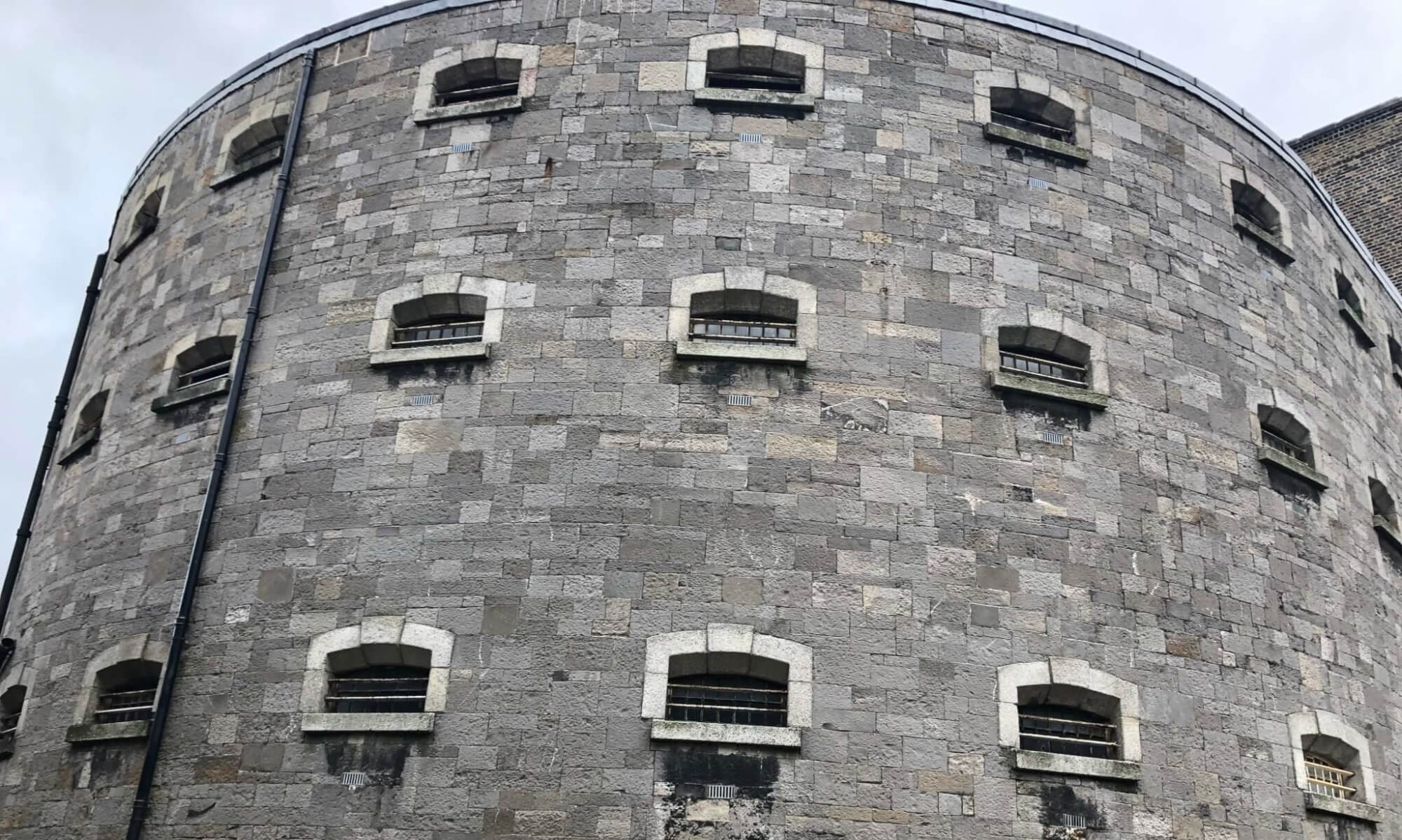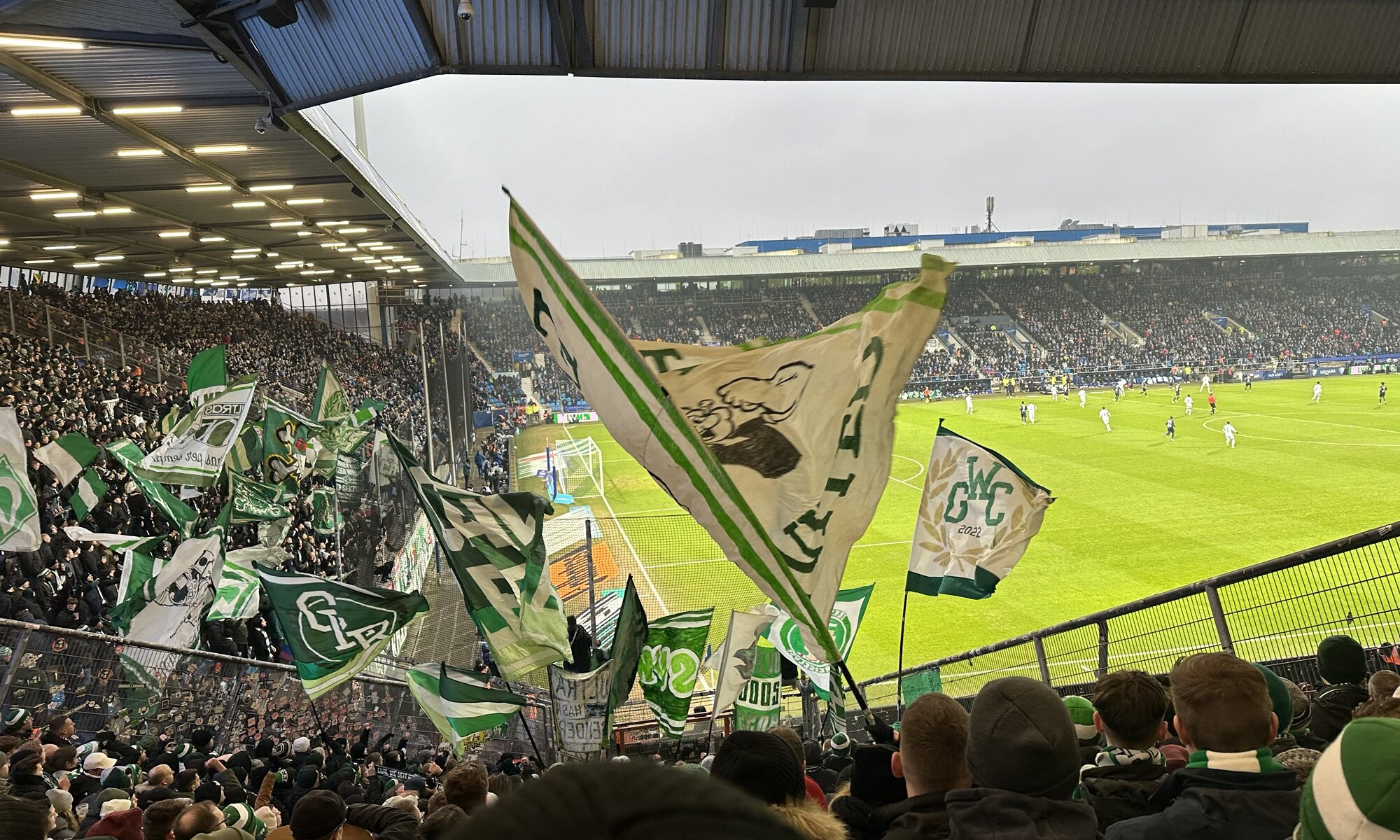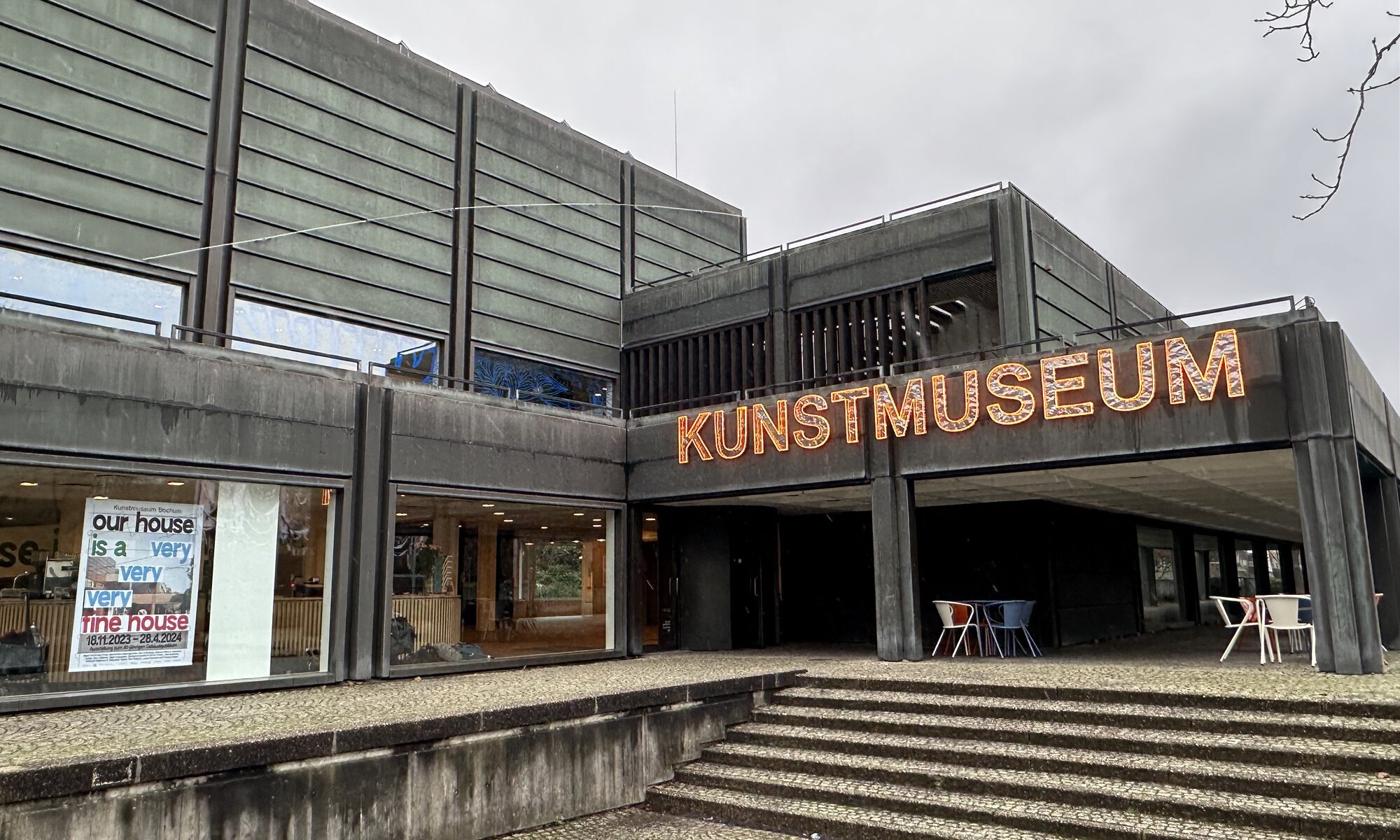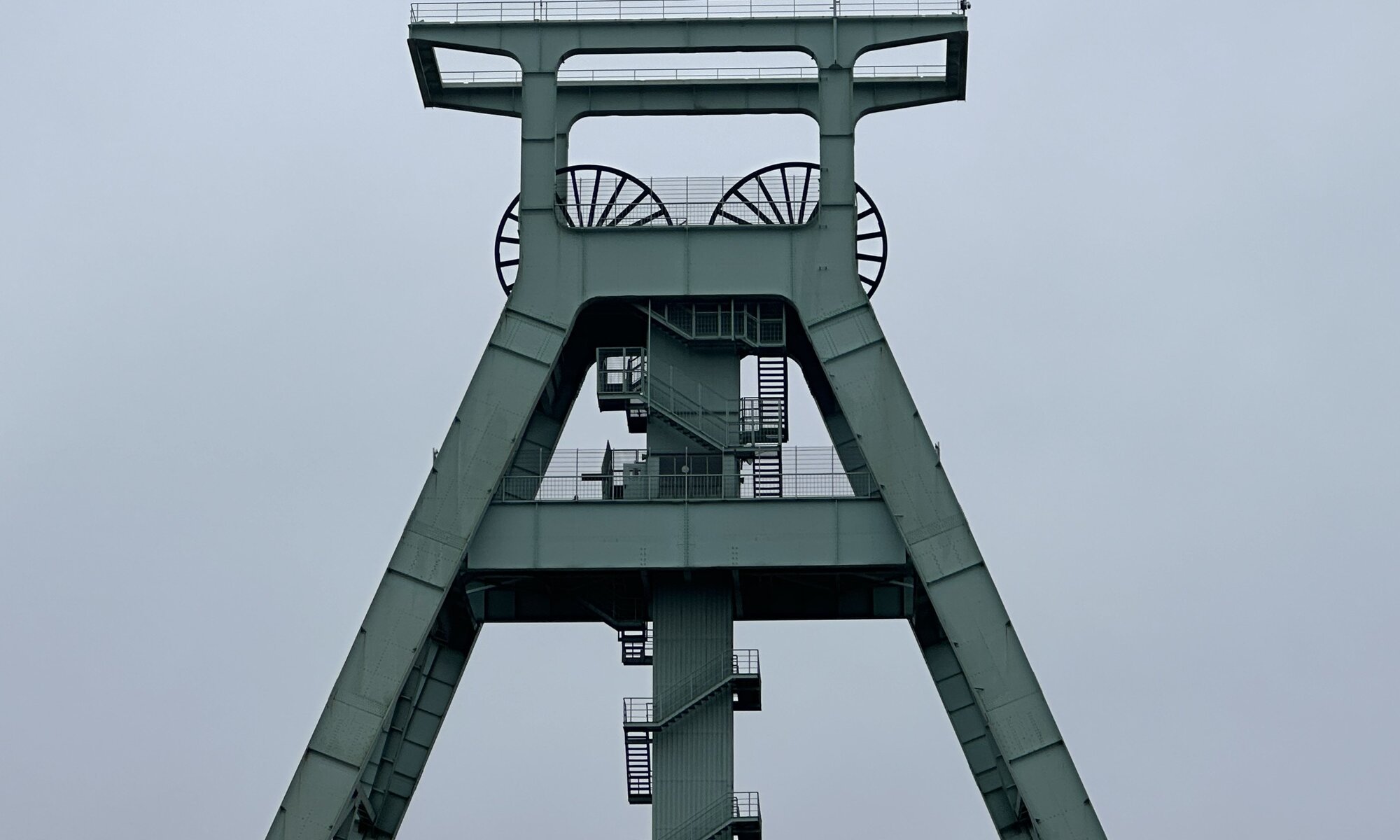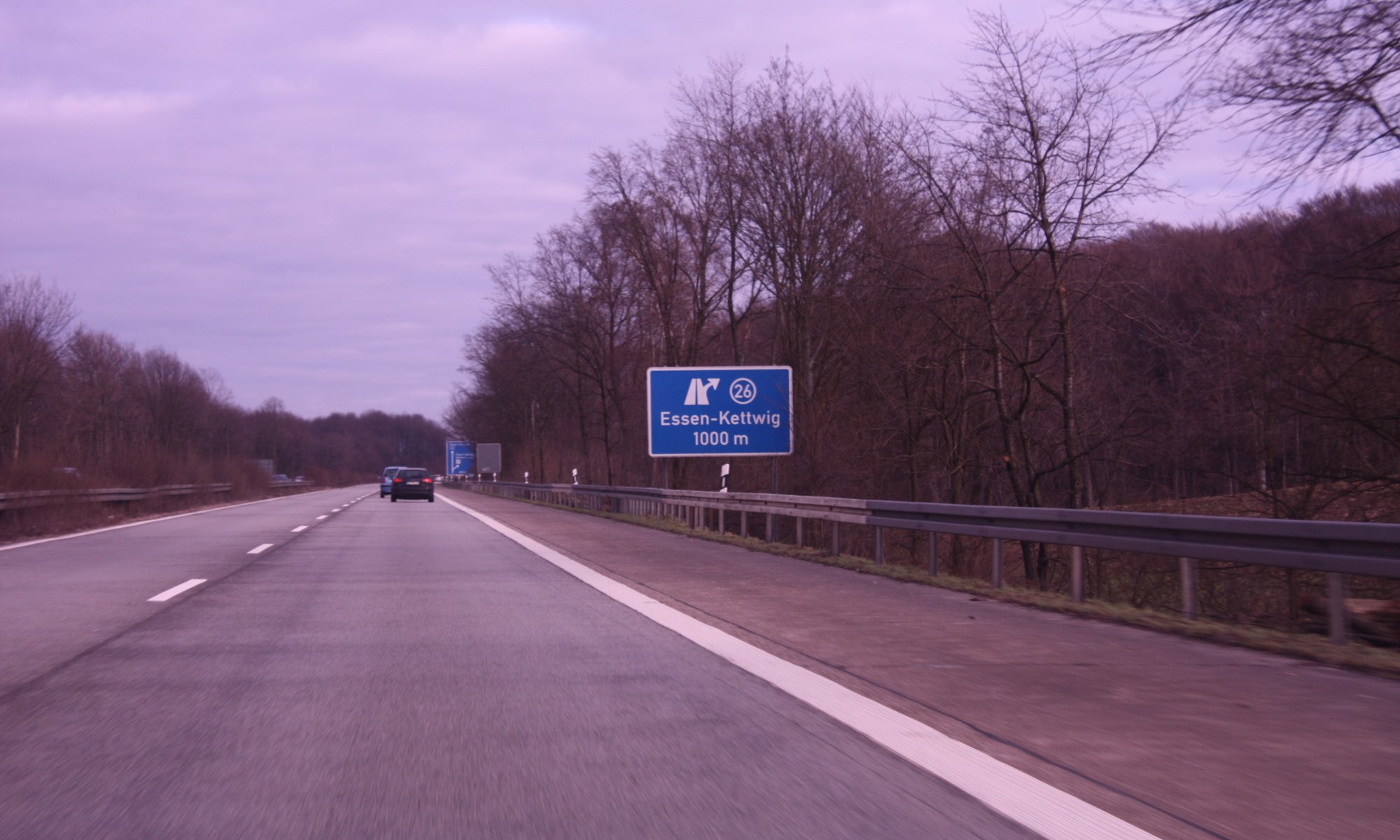The soccer stadium of Bochum is known as the Ruhrstadion or Stadion an der Castroper Straße and is home to the traditional club VfL Bochum (the VfL stands for ‘Verein für Leibesübungen‘ which translates to ‘association for physical exercise‘). The club was created in 1848, the stadium was opened in 1911 – but it was altered and extended several times since then. The Ruhrstadion is pretty close to the city center of Bochum which is pretty much unusual these days; many German stadiums have been shifted out in the past.
Continue reading “Ruhrstadion”Kunstmuseum Bochum
The art museum of Bochum was created as the Städtische Gemäldegalerie already in 1921. After residing in different locations and having exhibition at various places the museum did a restart at the Villa Marckhoff-Rosenstein (built in 1900 for two influential families) in 1960 and this building was extended with a modern building in 1983. Today the modern part is used to exhibit changing exhibitions of modern art.
Continue reading “Kunstmuseum Bochum”Glück auf
Getting to the Ruhrgebiet is always a good opportunity to learn about mining history in Germany. For hundreds of years coal and ore have been gathered here from the ground, driving industrialization and creating a special culture with its own traditions. If you’re interested in modern mining technologies you should visit the Deutsches Bergbaumuseum at Bochum. It is a combination of a classic museum, a research institution and a demonstration site: by elevator you can go down and explore modern mining machinery within a mine.
Continue reading “Glück auf”Ruhrgebiet
In 2011 I started a road trip with two friends to explore some art in the Ruhrgebiet – the section in the west of Germany formerly producing coal and steel; the one which was hit hard by the structural change of the industry and which therefore hat to change pretty much. Continue reading “Ruhrgebiet”
